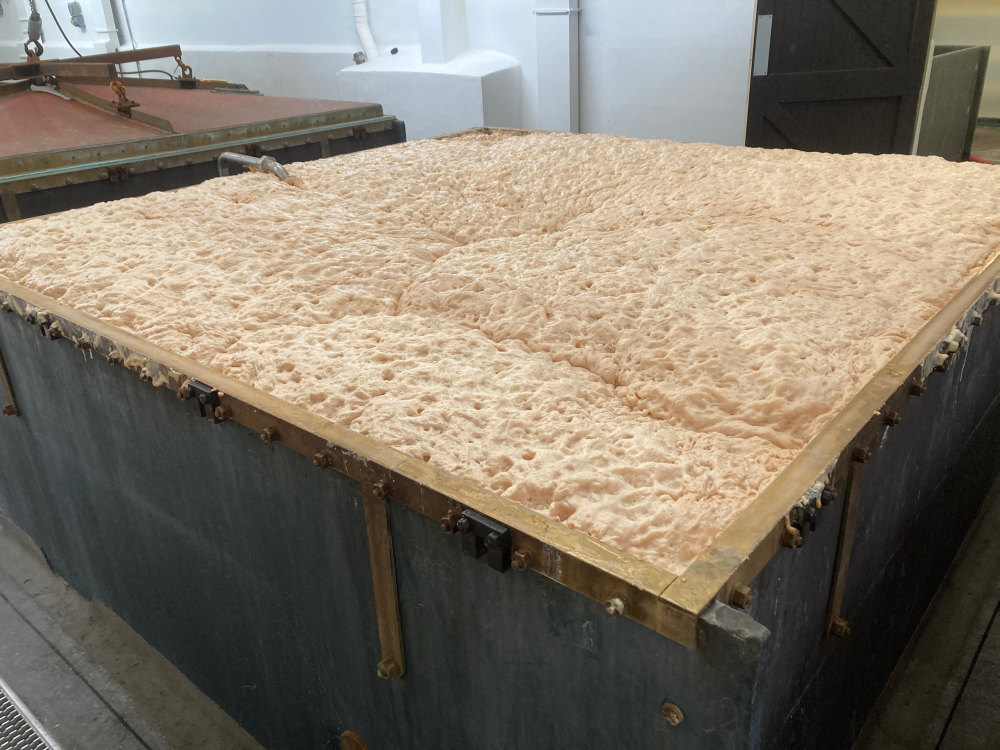I know, right? Hell, a dog would probably prefer to lap this up to licking their own bollocks. That said, BCJP may knock it down for being out of style but it freaking rocks.
ABV: 3.7%
SRM: 28
OG: 1.036
FG: 1.008
IBU: 20
Mash: 2-row, Crystal, Dark Crystal, Chocolate
Hops: Nugget, Progress, Goldings
I talked to the brewer back in January and he revealed:
Yeast: Fullers
US 2 row
Bairds for the specialty malts:
Crystal 50/60L
Crystal 135/165L
Chocolate
Kicking myself I didn't ask for the mash temp or the percentages. But eventually I should be able to triangulate in on it.
I need to call them tomorrow and see if they are open. The website wasn't clear and I think WA State doesn't start to reopen until June. That said, they do have To Go operating. So, I should do my duty and at least make a token effort to help out by getting a growler or three.












































![Craft A Brew - Safale S-04 Dry Yeast - Fermentis - English Ale Dry Yeast - For English and American Ales and Hard Apple Ciders - Ingredients for Home Brewing - Beer Making Supplies - [1 Pack]](https://m.media-amazon.com/images/I/41fVGNh6JfL._SL500_.jpg)

















